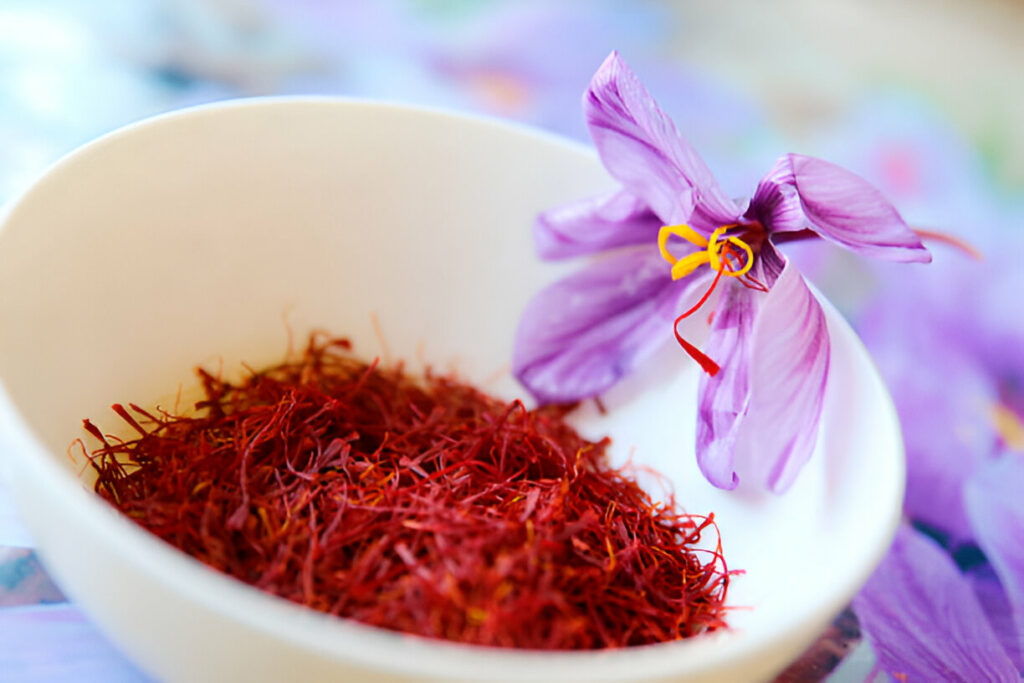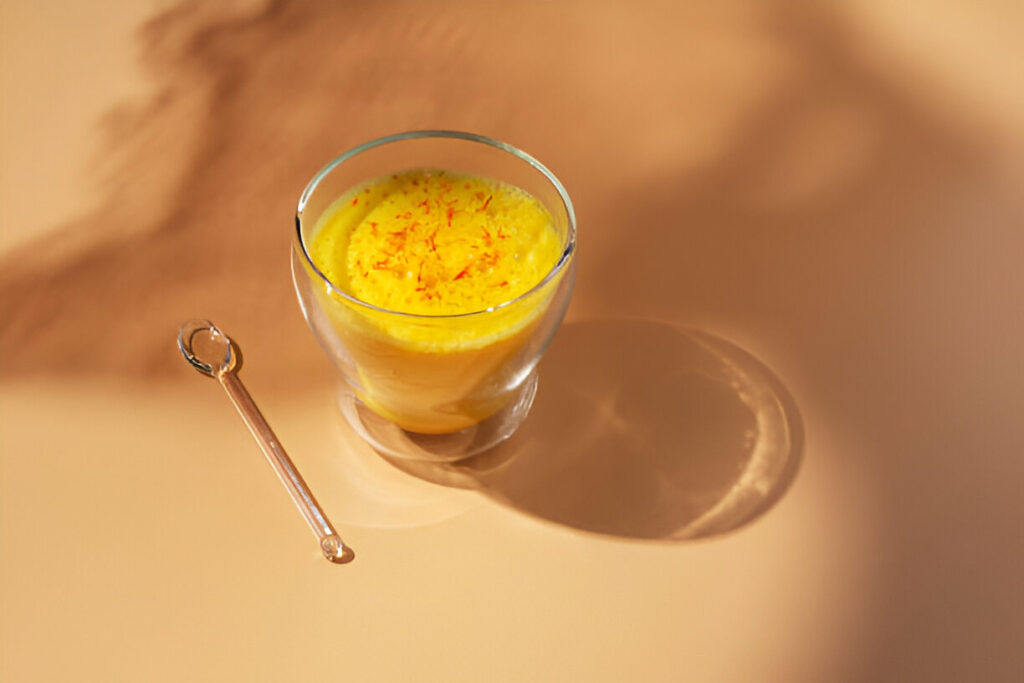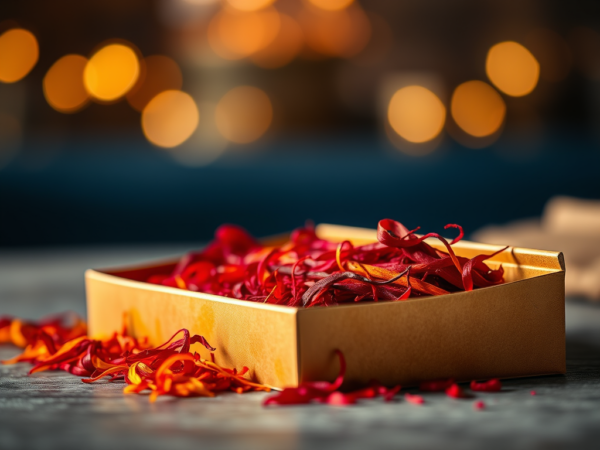Saffron, often referred to as “red gold,” is one of the most precious and sought-after spices in the world. Renowned for its vibrant color, distinct flavor, and numerous health benefits, saffron has been a staple in culinary and medicinal practices for centuries.
What is Saffron?
Saffron comes from the flower of Crocus sativus, commonly known as the saffron crocus. Each flower produces three crimson stigmas, which are carefully handpicked and dried to create the saffron spice. This labor-intensive harvesting process, along with the vast number of flowers needed to produce a small quantity of saffron, makes it the most expensive spice by weight.

Origins and History
The history of saffron dates back over 3,000 years. Originating in the Middle East, it has been cultivated and used in various cultures around the globe, including Greece, India, and Iran. Ancient civilizations prized saffron not only for its culinary uses but also for its medicinal properties and as a dye for textiles.
What Does Saffron Taste Like?
Describing the taste of saffron can be a bit challenging due to its unique and complex flavor profile. Here are some key characteristics:
- Earthy and Grassy: Saffron has an earthy, hay-like flavor, reminiscent of the meadows from which it is harvested.
- Sweet and Floral: There’s a subtle sweetness to saffron, combined with floral notes that can add depth to both sweet and savory dishes.
- Slightly Bitter: The spice has a mild bitterness that balances its sweet and floral qualities, making it a versatile ingredient in various recipes.
- Rich and Complex: The combination of these flavors creates a rich and complex taste that can transform ordinary dishes into extraordinary culinary experiences.
To truly appreciate saffron’s unique flavor, it’s best to use it sparingly, as even a small amount can impart its distinctive taste and aroma to your dishes.
Culinary Uses of Saffron
Saffron is a key ingredient in many traditional dishes worldwide. Here are a few popular uses:
- Paella: This famous Spanish dish gets its golden color and unique flavor from saffron.
- Risotto alla Milanese: In Italy, saffron is used to make this creamy, flavorful risotto.
- Biryani and Pilaf: In Indian and Middle Eastern cuisines, saffron is used to enhance the flavor and color of rice dishes.
- Sweets and Desserts: Saffron is also used in various sweets, such as saffron-infused ice cream, cakes, and puddings.
Health Benefits of Saffron
Saffron is not just a culinary delight; it also offers numerous health benefits:
- Antioxidant Properties: Saffron is rich in antioxidants, which help protect the body from oxidative stress and free radicals.
- Mood Enhancer: Studies have shown that saffron can help improve mood and reduce symptoms of depression.
- Improved Digestion: Saffron aids in digestion and can help alleviate stomach issues.
- Anti-Inflammatory Effects: The spice has anti-inflammatory properties that can help reduce inflammation in the body.
Easy Saffron Recipe: Saffron Milk
Here’s a simple and delightful recipe to enjoy the unique taste and benefits of saffron:

Ingredients:
- 1 cup of milk (dairy or plant-based)
- 1 pinch of saffron threads
- 1-2 teaspoons of honey or sugar (optional)
- A few crushed cardamom pods (optional)
Instructions:
- Warm the milk in a saucepan over medium heat.
- Add the saffron threads and stir gently.
- Allow the milk to simmer for 5-10 minutes, letting the saffron infuse its color and flavor.
- Add honey or sugar to taste, along with the crushed cardamom pods if desired.
- Pour the saffron milk into a cup and enjoy this warm, aromatic beverage.
Conclusion
Saffron, with its rich history and distinctive flavor, is truly a gem in the culinary world. Its unique taste, combined with its numerous health benefits, makes it a valuable addition to any kitchen. Whether you’re preparing a traditional dish or experimenting with new recipes, saffron can elevate your culinary creations to new heights. So, why not add a pinch of this “red gold” to your next meal and experience its magic for yourself?


